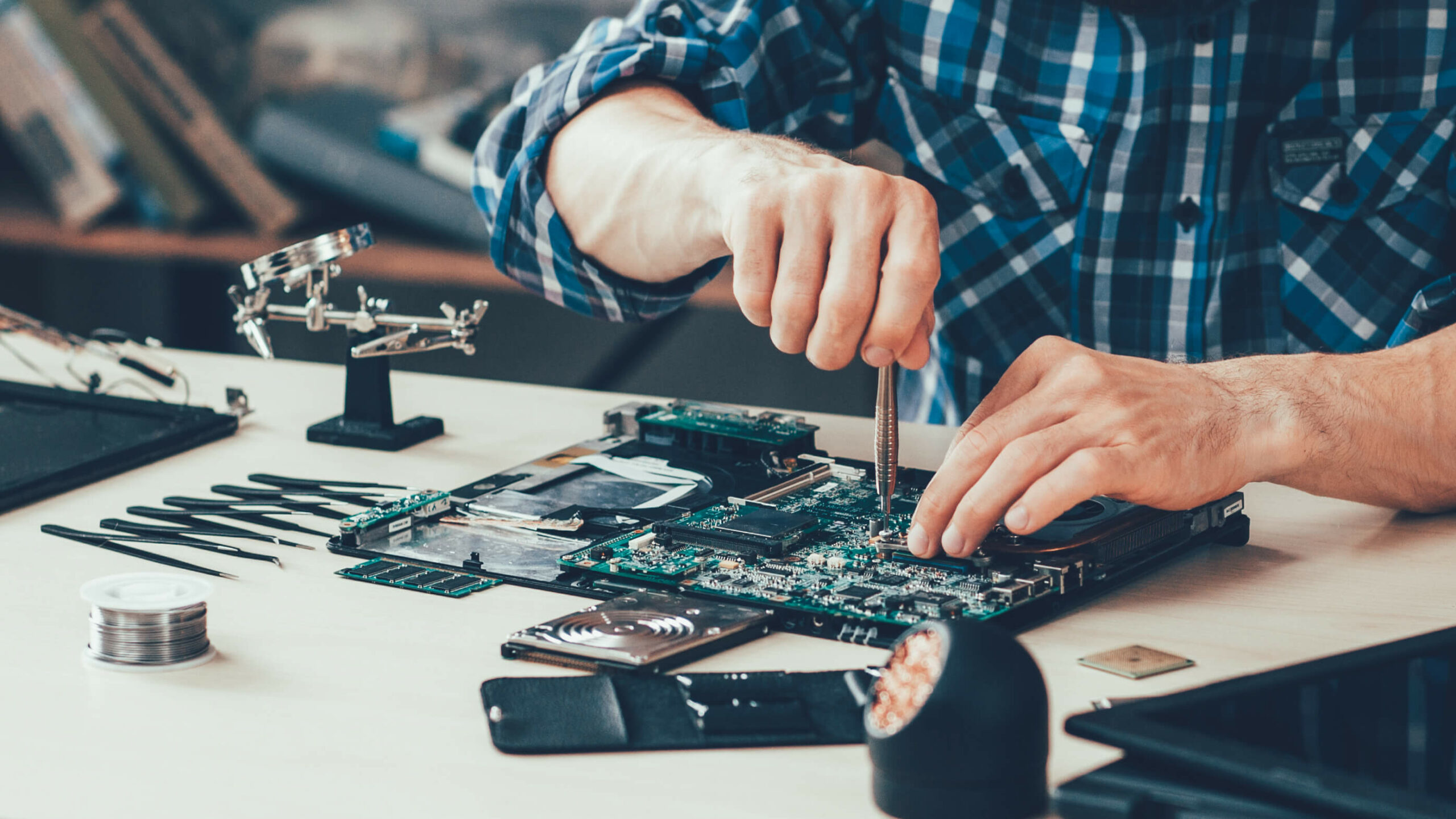Nanophotonics
Overall Course Objectives
To provide the students with a good understanding of the physics of light-matter interaction in micro and nanostructures and the application to nanophotonic devices. Structuring of materials on a nanometer scale enables one to control the propagation and localization of light, e.g. by introducing defects in photonic crystals, and to tailor electronic states and optical transitions by use of quantum confinement effects in quantum wells and quantum dots. This basic control of materials properties is utilized to realize microlasers and nanolasers, but is also expected to form the basis for the development of new devices and technologies; e.g. optical devices with enhanced light-matter interaction for applications in information and quantum technology as well as sensors. Research topics at DTU Fotonik are incorporated and the course leads to theoretical as well as experimental special courses and master projects at DTU Fotonik.
Learning Objectives
- describe the assumptions on which the various physical models are based
- draft the derivation of the major results
- account for the gain and spontaneous emission spectra in bulk, quantum well and quantum dot semiconductor materials
- formulate rate equations for semiconductor lasers and use these for analysing static and dynamic properties
- describe light-matter interaction as well as damping mechanisms on the basis of density matrix equations
- account for Fermi’s Golden Rule as well as coherent effects such as Rabi oscillations
- account for the basic theory and properties of photonic crystals and the use of defects for realizing waveguides and nanocavities
- describe the basic properties of metamaterials and plasmonic structures
- describe the use of the Green’s tensor, local density of states and quasi-normal modes for characterizing the properties of structured electromagnetic materials
- analyze and explain cavity QED (quantum electro-dynamical) effects involving the interaction between a two-level system and a photon, including vacuum Rabi oscillations and the Purcell effect
- account for coupled-mode theory and its use
Course Content
Review of basic optical semiconductor physics. The interaction of light and matter. Waves in periodic structures; gratings and resonators. Two- and three-dimensional photonic bandgap structures. Optical amplification in bulk and low-dimensional materials, such as quantum wells and quantum dots. Dynamic properties of semiconductor lasers and noise spectra. Nanolasers. Spontaneous emission quantum noise. Density matrix equations for light-matter interaction. Coherent effects such as Rabi oscillations and the transition to rate equation approaches. Microcavities. Plasmonics. Metamaterials. Cavity QED effects. Green’s tensor and local density of states. Quasi-normal modes. Extreme confinement in dielectrics. The course consists of a combination of lectures, problem solving, computer and experimental exercises.
Teaching Method
2 modules per week with lectures, problem solving, computer and laboratory exercises.



